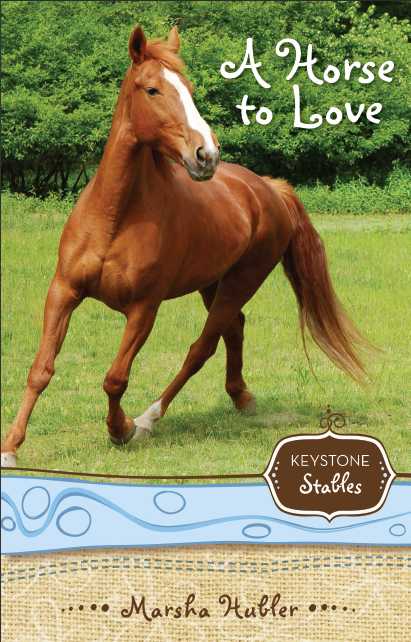Don’t Preach!
You’ve heard that little ditty a zillion times if you’ve gone to your share of writers conferences.
Don’t preach!
Okay, what does that mean? Don’t preach!
As writers with opinions, and I’ve never met a writer who didn’t have one, we all have “messages” we’d like to share with our readers. But how does a skillful writer share his message, his beliefs, his ideals, with the reader without offending him or turning him off on page one? How do you impart your underlying theme in the story without coming right out and saying something like, “God is love”?
Is it wrong to try to win your reader over to your side by sharing your beliefs? Absolutely not. That very goal is the reason most people write. They want to share something they feel is vitally important to the survival of the human race. Wars have been won, and lost, by the printed page.
So how does a writer share his beliefs without preaching? A skillful writer weaves the message into the story so that the characters portray the ideals, or lack of them. The reader, watching the action of the main character, then observes the author’s beliefs in action as the character either exemplifies or struggles with the underlying theme.
Let’s look at some examples of “preaching” versus clever weaving of the message into the context of the story. The first examples of preaching are lousy writing on my part. The second examples are taken from some of my published work:
Preaching:
“Children need to work around the house, not only because their parents need the help, but also because when the children are older, they’ll know how to take care of their own homes,” Bimbo told Heathcliff.
Weaving the Message into the Story:
“Chores, including the house and the barn – washing clothes … mucking stalls are important. But you’re not a lonely island out there by yourself,” Mr. Chambers reminded Skye. “It takes all of us to run this place. It’s just part of maintaining a home. You’ll be glad when you’re older that you learned how to do these things.”
Yeah. I’m the luckiest girl in the world! Skye stewed inside.











